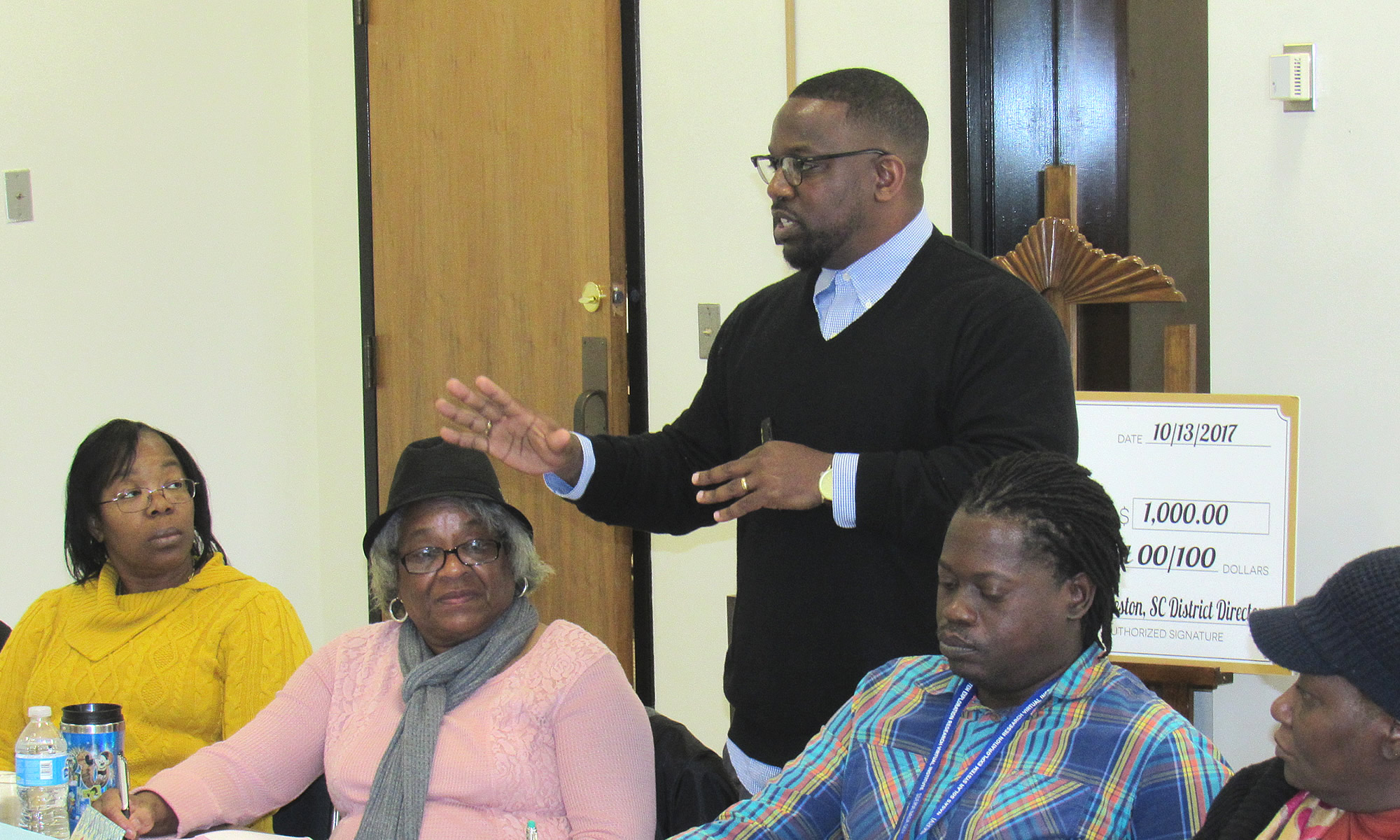
- Old cotton gin, Salters, S.C.
Here’s another old South Carolina cotton gin, this one in the rural community of Salters in Williamsburg County.
Retired editor Linda W. Brown, who took the photo, notes that the Salters gin not only provided employment for the adults of the community, but it also was a source of recreation for the young people. One woman who grew up there remembers “jumping cotton bales which were stacked at the gin ‘for recreation.’ She believes the gin closed somewhere around 1970. She says that during the time of year the gin was in operation, the three stores in ‘town’ stayed open late into the night.”
Residents, who often refer to themselves as “Saltines,” love their community and many fight hard to keep out landfills or growth of a current one, Brown writes.
“Visiting Salters for me is like stepping back in time to an era when people spent the afternoons sitting on their front porches watching the trains go by,” Brown writes.
Williamsburg County, located in the middle of the Southern Crescent, is about 75 miles north of Charleston, S.C. Just under 34,000 people live in the county, which is about the number who lived there in 1900, according to Census figures. Population peaked in 1950 at 43,807, but has dropped slowly since then.
About two-thirds of county residents are black, with almost all of those remaining being white. Only 2 percent of those in the county are of Hispanic descent. Some 32.8 percent of residents live in poverty, according to the Census. Of the county’s 1,921 firms, 36.5 percent are black-owned — a percentage that is three times South Carolina’s average.
Copyrighted photo by Linda W. Brown, courtesy of the photographer. All rights reserved.










